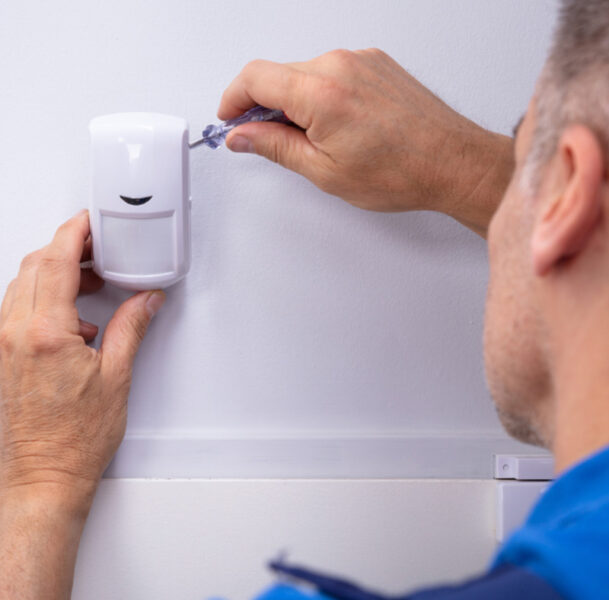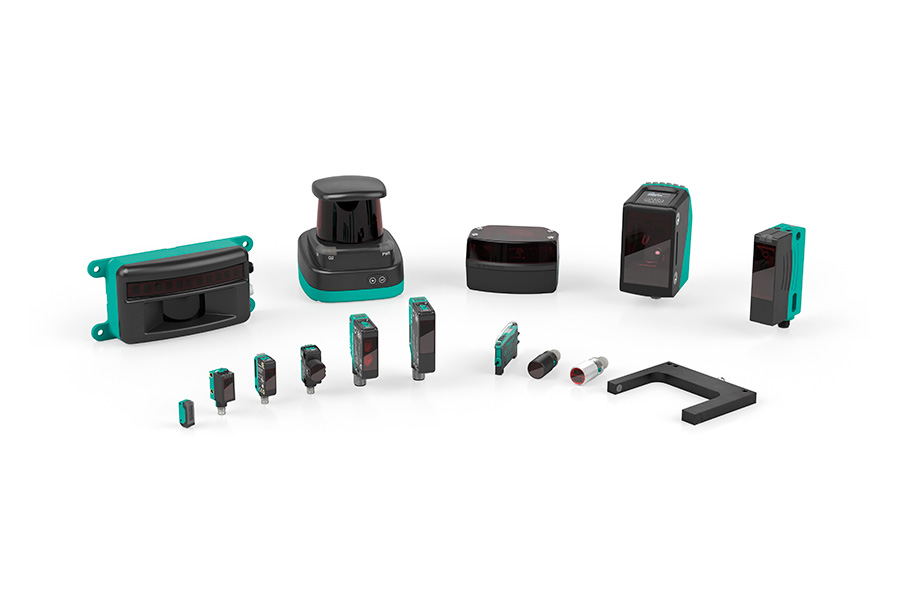A safety sensor has many practical uses for a manufacturing firm. Simple sensors have been upgraded to smart ones thanks to the convergence of on-device computing and network connectivity. Smart sensors can now perform complex calculations on measured data without sending it anywhere. Since sensors have shrunk in size while increasing capability, they can be attached to previously inaccessible and dangerous devices, transforming them into high-tech tools.
Without further ado, here are some fun facts about industrial sensors worth knowing.

1. There Are Many Sensor Types
There is a wide variety of sensors, each with its technique for finding bugs and issues in the system. Using physical principles like heat, pressure, vibration, or magnetic fields, sensors like an RFID system can detect and identify environmental changes. Additionally, electrical signals can measure a wide range of quantities like voltage, current, and resistance. When a sensor comes into contact with an object, it can alter some measurable properties. A temperature sensor may change the amount of electricity it conducts as an object warms or cools. The result of this variation gets factored into the calculation of the temperature.
2. Industrial Sensors Are Widespread
There are numerous applications for sensors in modern society. The idea extends to a wide range of consumer, automotive, and military goods. The ability of a system to make choices about several factors is a vital indicator of its autonomy. A safety sensor can assess the surrounding atmosphere and make necessary operational alterations because of the powerful processing capabilities of the sensor itself. These alterations are grounded in mountains of data and analysed with superior speed and accuracy than anyone could have imagined. It guarantees increased output and quality with low levels of oversight by human workers. Quantitative analyses have many advantages, including their speed and utility in maintenance.
3. Sensors Contribute to Efficient Factory Processes
Objects, temperatures, pressures, flows, and levels can all be detected and measured with the help of sensors in factory automation systems. They then relay this data to controllers, who use it to monitor and adjust production parameters as needed. And to clear a bottleneck in a production line, for instance, a rotary encoder could signal the controller to stop the line. Alternatively, the controller could receive readings from a sensor that monitored the tank’s liquid level, allowing it to adjust the pump’s output accordingly. Businesses use sensors in various other ways in factory automation systems.
4. Sensors Can Measure Radiation
A safety sensor is crucial for measuring radiation in locations—like nuclear power plants, large seaports, testing facilities, and gas- and oil-fired turbines. Additionally, the geophysics and petrophysics of a specific area, as determined by gamma and neutron radiation sensors, are specifically relevant to oil and gas or geothermal energy drilling applications. These sensors aid in determining rock types and the detection of oil, gas, and water in rocks. It is common practice for drilling applications to incorporate gravitational and magnetic field sensors to precisely locate the drill string underground concerning the Earth’s magnetic and gravitational fields.

If your manufacturing company needs a new serial gateway for gathering vital data, please visit Pepperl+Fuchs Asia to get yours today.

